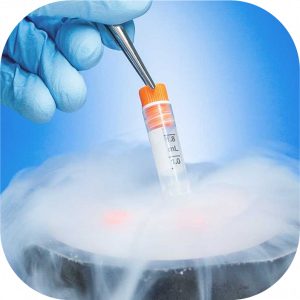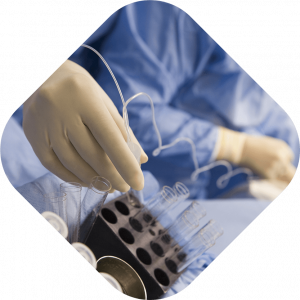Understand The Egg Freezing Process
Egg freezing process involves producing numerous eggs by stimulating the ovaries with hormones. Once we retrieve those eggs, we cool them down to subzero temperature so that we can thaw them later and be able to inject it into the mother who is trying to conceive.

Technicalities of The Egg Freezing Process
Egg freezing is a complicated procedure, as it is all-liquid which makes it difficult to manage. During the process, it takes a crystal form and leads to the organelles and nucleus content to disperse in the cell while breaking down due to freezing.
Working With a Special Cryoprotective Liquid for Egg Freezing

The liquid used to work with egg freezing has a similar structure to that of the antifreeze used in vehicles, but it is completely safe and medically approved for use in reproductive treatments.. It prevents damage to cells that crystallization is likely to cause.
When cells are frozen, there’s a high risk that ice crystals can form. These crystals can damage the delicate structure of the egg, reducing its viability. The cryoprotectant solution works by:
-
Dehydrating the egg to reduce water content
-
Preventing ice formation inside the cell
-
Maintaining cell membrane integrity during ultra-low temperature storage
This method, known as vitrification, freezes eggs so rapidly that ice crystals don’t have time to form, preserving the egg in a glass-like state instead of an icy one.
Slow Freezing
As the egg cells are stored in the special freezing liquids, it is frozen by being cooled down to -30/-35 degrees with device. It is a successful technique that increases the effectiveness of the process.

